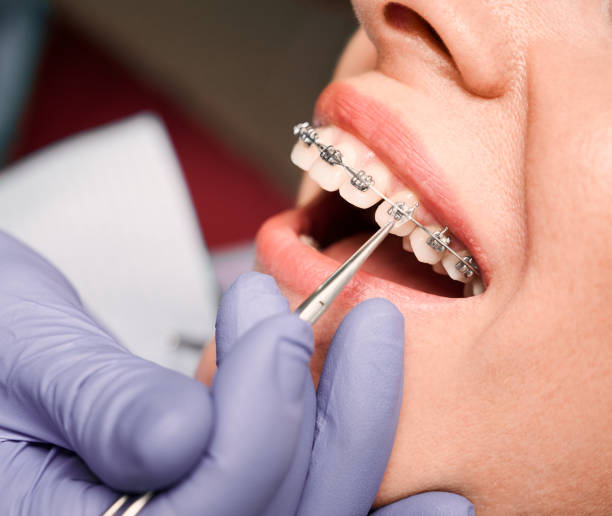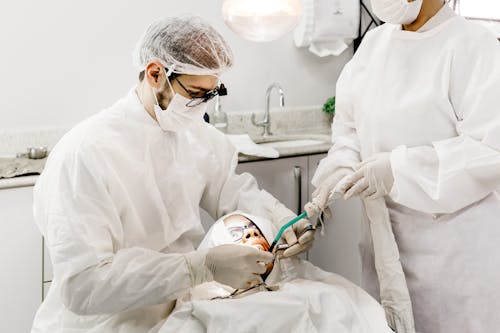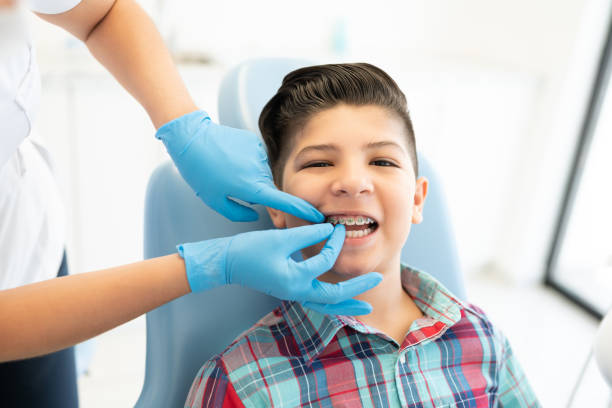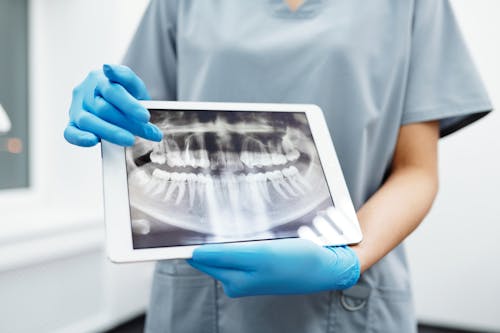Orthodontics is the practice of straightening teeth for health and esthetic reasons
This involves moving them from their normal position into proper alignment. One common problem is crooked teeth. In order to correct these problems, orthodontists often use braces. Braces consist of brackets that attach to the front surfaces of the teeth, bands that fit around the back sides of the teeth, and sometimes wires to connect the brackets together.
There are two types of TADs used in orthodontics: skeletal and dental.
- Skeletal TADs apply force directly to the jawbone itself to move teeth towards the desired positions. They are typically placed at the bottom of the lower jaw and above the upper molars.
- Dental TADs exert pressure on the crown of the tooth itself to move it into place. These devices are typically placed between the central incisor and canine teeth.
Reasons orthodontics decide to use temporary anchorage devices
- Improved Oral Health

The use of TADs helps prevent damage to adjacent teeth caused by excessive forces applied during orthodontic procedures. Patients who have had orthodontic treatments often experience pain, discomfort, swelling, and bleeding at the surgical site. These symptoms are due to trauma associated with tooth movement. When TADs are used, they help reduce the amount of force applied to the teeth and gums.
- Reduced Risk of Surgical Complications

Metal brackets and bands cause irritation to soft tissues and nerves. Also, the removal of wire and arch-wires can lead to broken bracket fragments, fractured enamel, and loss of deciduous teeth. By contrast, TADs do not irritate nearby tissues and are easily removable without causing harm to the patient.
- Increased Stability of Treatment Progress

TADs allow orthodontists to apply greater amounts of force than wouldn’t otherwise be possible. If the jawbone does not fully heal around the implant, then the appliance will move with the teeth instead of resisting tooth movement and treatment progress will be slower and more difficult.
- Better Control Over Tooth Movement

Some orthodontic appliances exert pressure directly onto the root surface. This causes resorption of the alveolar bone and changes in the shape of the jaw. Using TADs ensures that the appliance remains stationary during treatment.
- More Effective Treatment Results

The facial appearance could change if the jawbone fails to fuse properly with the surrounding structures. By contrast, TADS are designed to stay in place temporarily, helping to ensure that the final results match the initial goals of treatment.
- Minimized Impact on Bone Healing

Bone healing is a complex process involving a series of cellular events. Because orthodontic appliances affect the normal sequence of these processes, they can interfere with the natural repair mechanisms. TADs minimize the potential negative effects of orthodontic therapy on bone healing.
If you suffer from unwanted tooth movement, orthodontics can get them in proper position
If the teeth do not go in the correct position, they may end up giving dental problems or gastrointestinal health issues. Having extra space between the teeth can cause problems later down the road. In addition, if anchorage is installed incorrectly, it could affect the stability of future dental work.
One of our trusted members are professional orthodontics and experts at giving each patient their desired smile. Call Anne Friedman & Wil Saavedra from E & S Orthodontics to set an appointment and check how they can help you and your smile.


